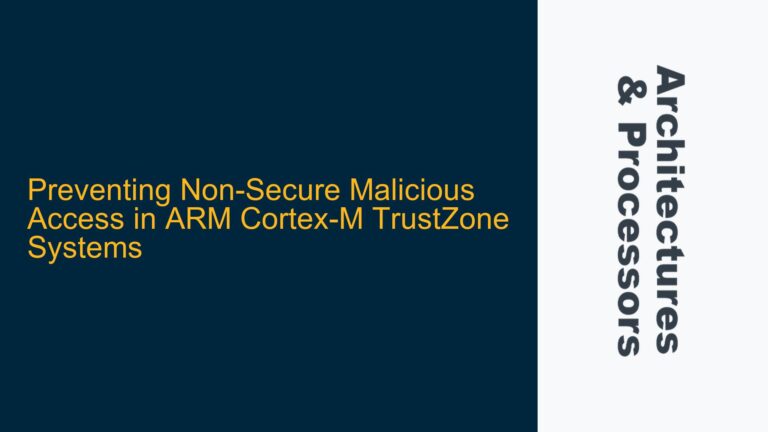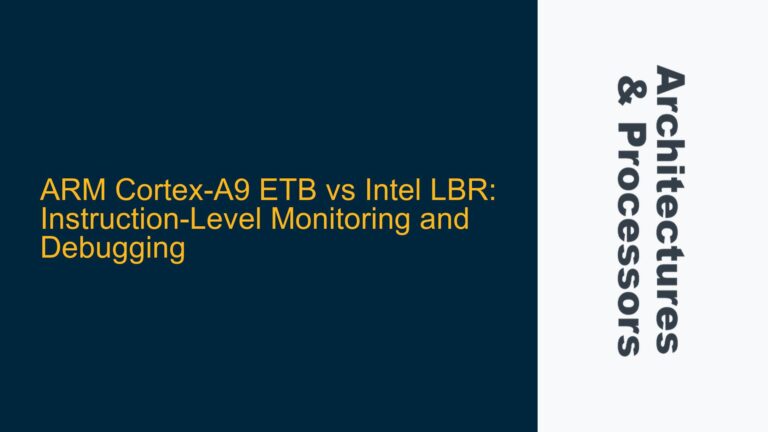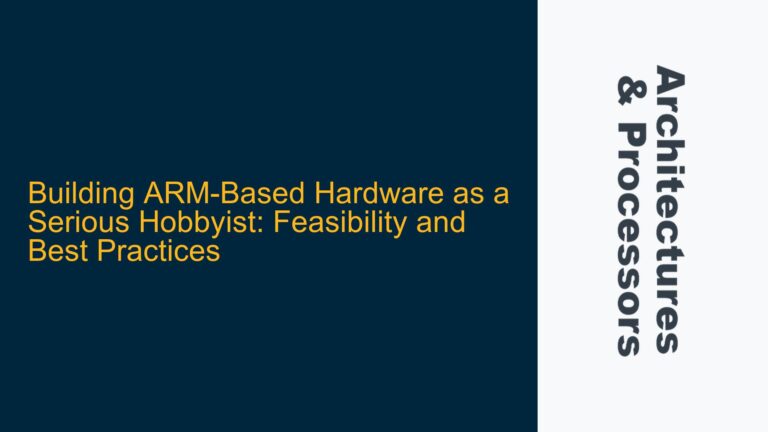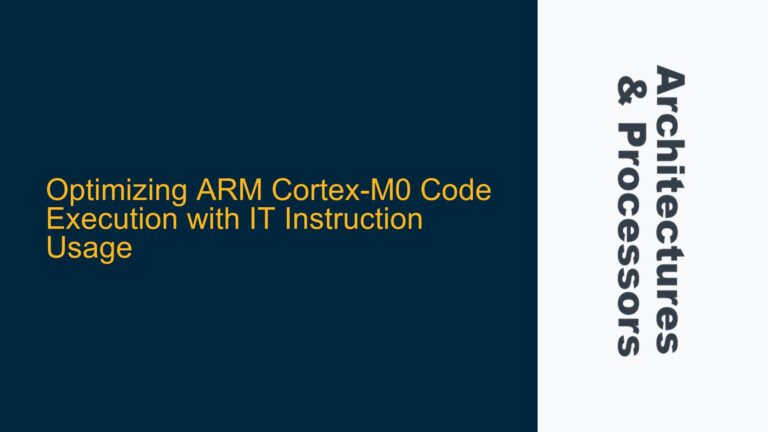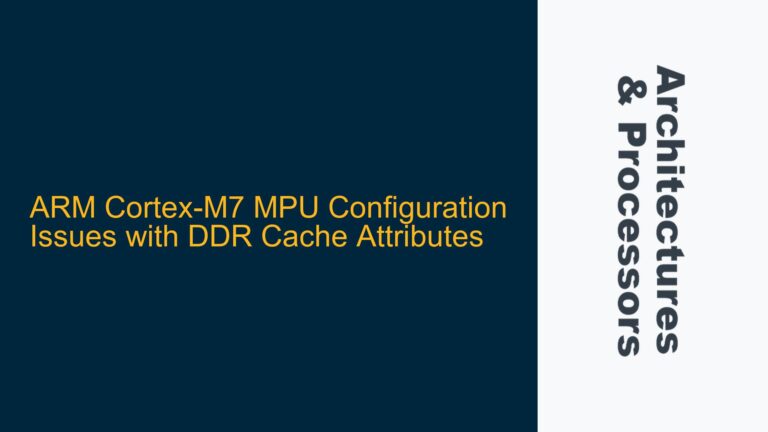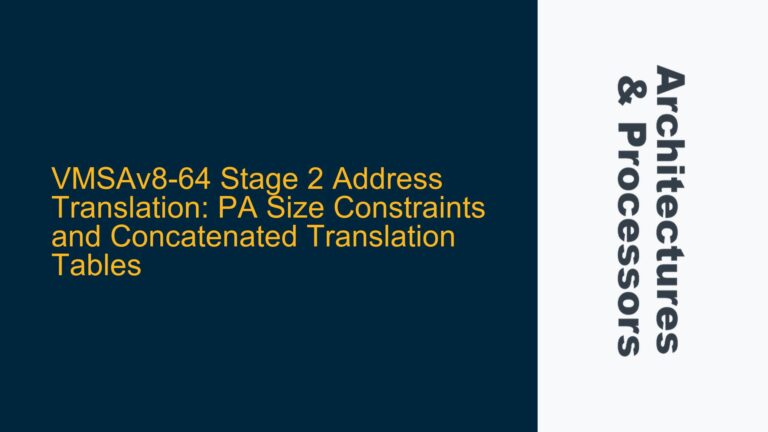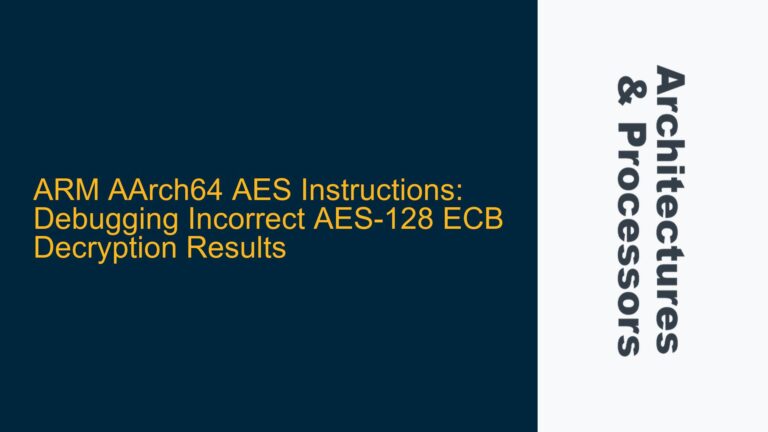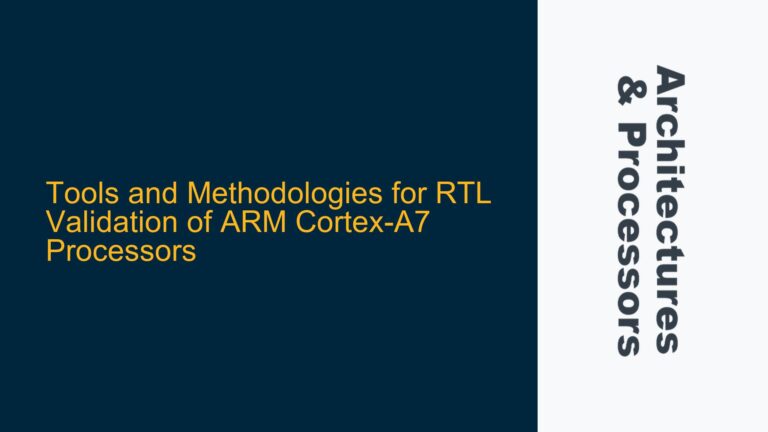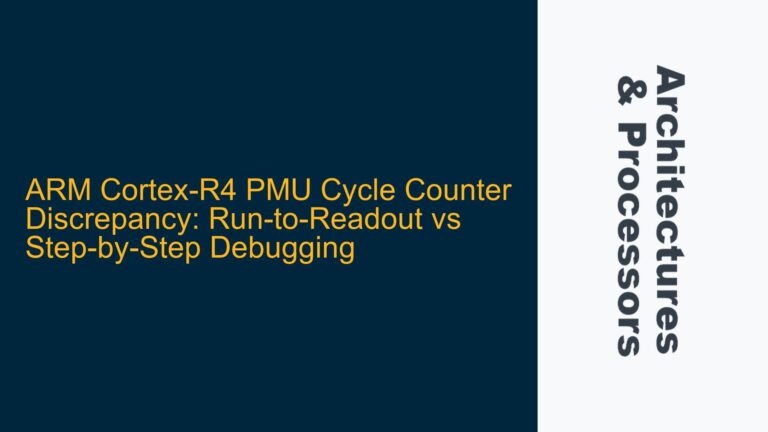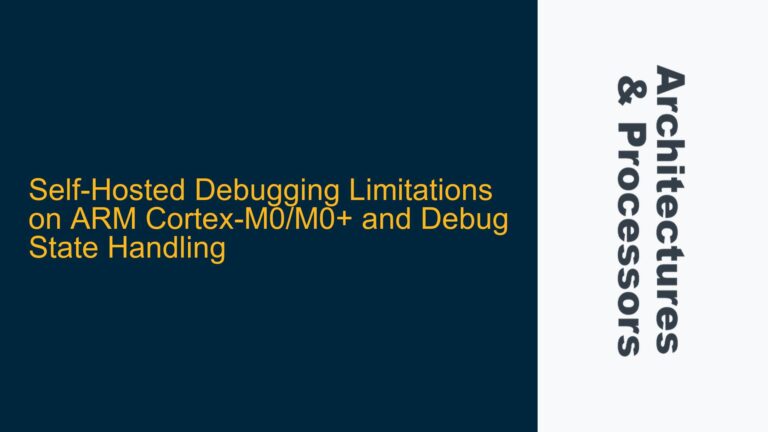Preventing Non-Secure Malicious Access in ARM Cortex-M TrustZone Systems
ARM Cortex-M TrustZone Memory Access Vulnerabilities In ARM Cortex-M systems utilizing TrustZone technology, one of the most critical security challenges is ensuring that Non-Secure (NS) code cannot maliciously access Secure (S) memory regions. This issue arises due to the dual mapping of memory regions in both Secure and Non-Secure address spaces, which can lead to…
